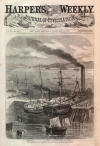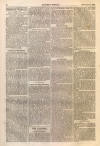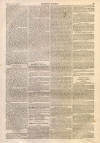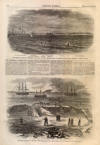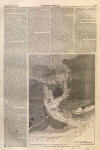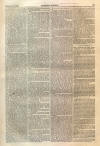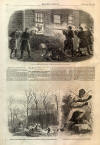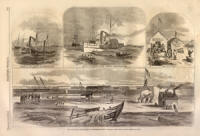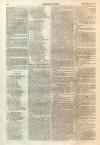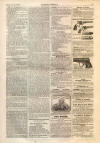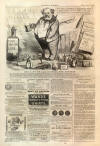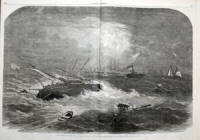British Atrocities
|
|
This Site:
|
FEBRUARY 15, 1862.] HARPER'S WEEKLY. 109 THE BRITISH METHODS IN WAR.WE republish on this page, from the London Illustrated Times, an illustration which appeared in that journal in the year 1857, representing THE BLOWING OF SEPOY PRISONERS OF WAR FROM THE MOUTH OF CANNON. The circumstances of the case bear some analogy to those which are recurring at the present time in our Southern States. The natives of British India, whose grounds of discontent with their Government, unlike those of the Southern rebels, were substantial and grievous, rose in arms to strike for their freedom. The British Government, at first unsuccessful in its struggles with the rebellion, at length gathered up its energies and put them down. How it dealt with the prisoners of war taken in fight our illustration shows. The following extracts from British journals contain the narrative of a couple of executions : A late mail from India brought accounts of two such executions. On 12th June, at Pashawar, forty men were tried, convicted, and sentenced to be blown from the guns. The execution was a dreadful sight. Three sides of a square were formed by British troops, and in the centre ten guns were planted, pointing outward. In dead silence the decree of the court was read, and this ceremony concluded, a prisoner was bound to each gun-his back placed against the muzzle, and his arms fastened firmly to the wheels. The signal is now given, and the salvo fired. The discharge, of course, cuts the body in two; and human trunks, heads, legs, and arms may be seen for an instant flying about in all directions. As there were only ten guns used on this occasion, the mutilated remains had to be removed four times. All of these forty criminals met their fate with firmness, with the exception of two; and to save (Next Page) 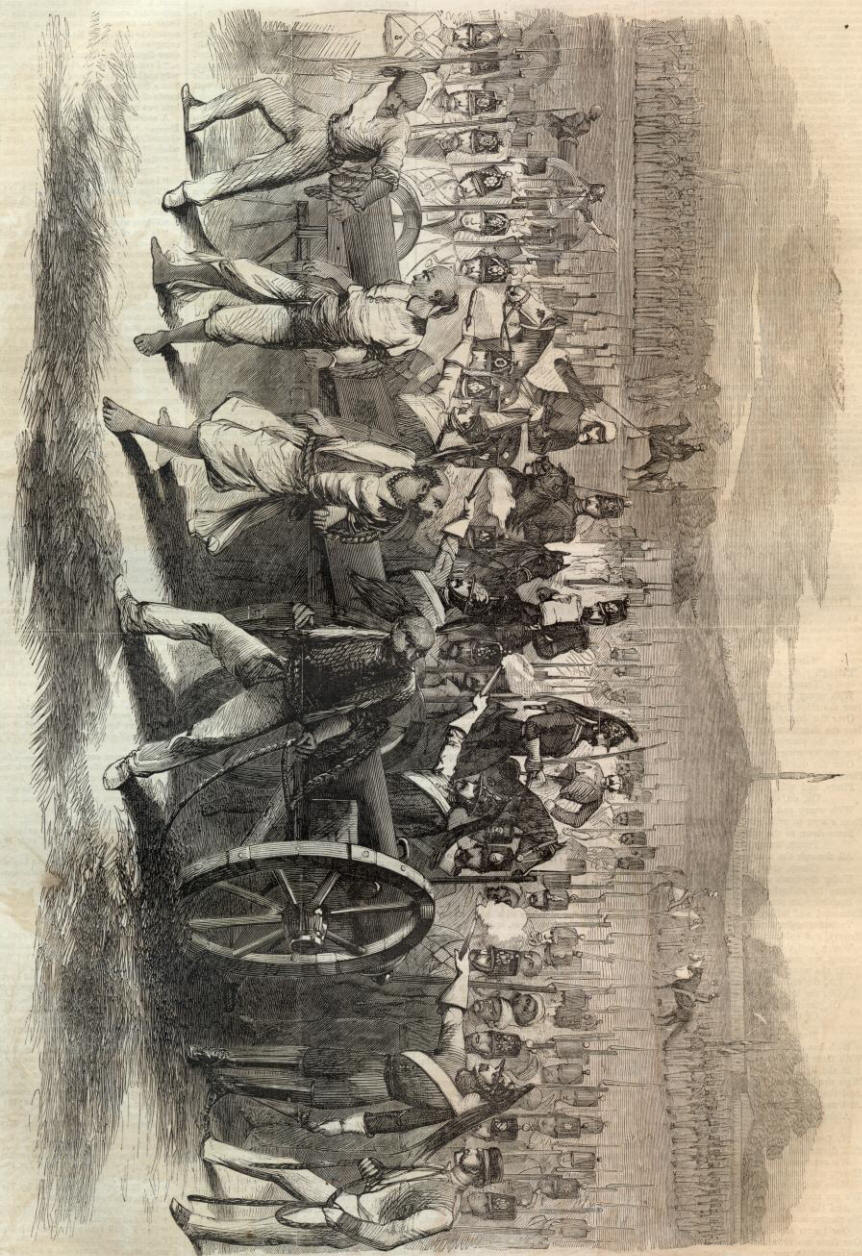 |
||||||||||||||||||||||||||||
|
|
||
|
|
Site Copyright 2003-2018 Son of the South. For Questions or comments about this collection, contact paul@sonofthesouth.net |
|
|
Are you Scared and Confused? Read My Snake Story, a story of hope and encouragement, to help you face your fears. |
||
